Name Frantisek Vyskocil | ||
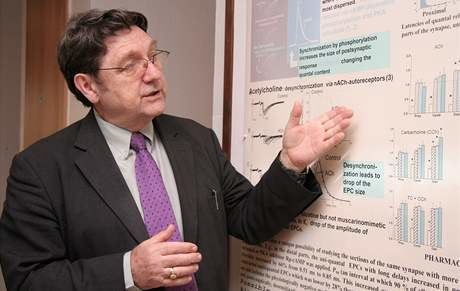 | ||
Trochu inak v snd frantisek vyskocil hostom adely banasovej
František Vyskočil (September 3, 1941) is a Czech neuroscientist and a Professor of Physiology, Pharmacology and Neurobiology at Charles University.
Contents
- Trochu inak v snd frantisek vyskocil hostom adely banasovej
- Biography
- Scientific and Professional Activity
- Research achievements
- References
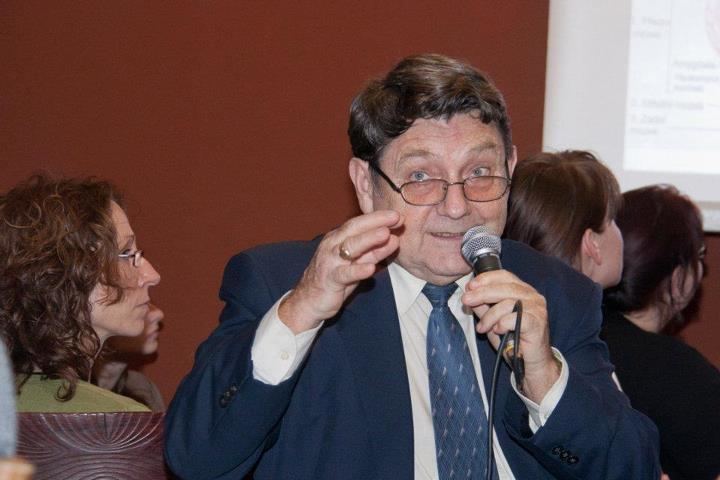
Biography
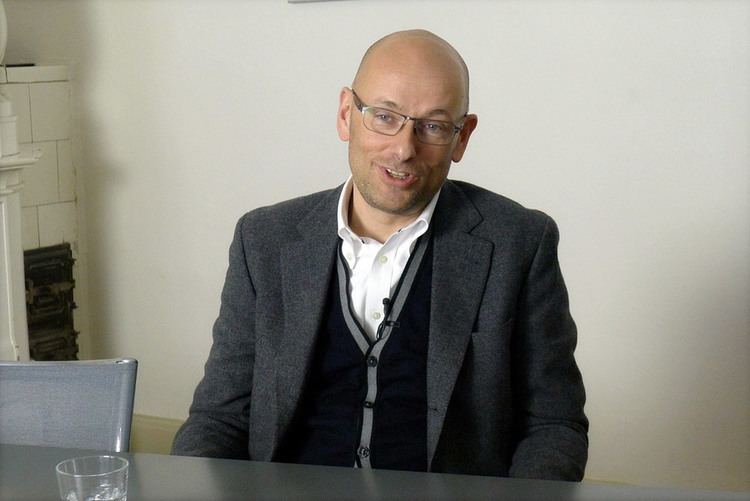
Born in 1941 in Pelhřimov, Bohemia. In 1963 he graduated with honours from the Faculty of Science of Charles University in Prague and in later years obtained the title of Candidate of Sciences (1968, PhD equivalent), Doctor of Science (1990), associate professor (1994) and professor. He worked as a Senior Fogarty Visiting Scholar and Visiting Professor in the Department of Physiology, University of California, San Francisco, USA (with Zach Hall) and Laboratory of Membrane Biophysics of the Sechenov Institute of Evolutionary Physiology, St. Petersburg (with Lev Magazanik). He now works for the Department of Neurobiology of the Faculty of Science of Charles University in Prague and the Institute of Physiology of the Academy of Sciences of the Czech Republic. He is a member of The Physiological Society of Cambridge and London and a founding member of The Learned Society of the Czech Republic[1]. He has worked at a number of overseas universities as visiting and regular professor (University of California, San Francisco USA, Kazan State Medical University and others). Under Communist rule, when he was discriminated against for his opinions (in 1968 he was a member of the Academy's Union Board, led by the famous dissident and sociologist Rudolf Battěk) he received a combined prize of the Academy of Sciences of The Czechoslovak Republic and the Russian Federation (1974). His contacts with Russian scientists, at a time when he was banned from staying overseas in the West, led to a range of discoveries and were recognized with the State Prize of the Republic of Tatarstan (1995) and the American Fogarty Award in 1992. He was also awarded the prize of the Czech Academy of Sciences for his work "Molecular Basis for the Transfer of Information at the Myoneural Junction" the Lifelong Contribution Award of the Czech Academy of Sciences, Purkynje Medal of the Czech Academy of Sciences and Josef Hlávka medal for scientific and cultular achievements 2011 [1]. In 2014, on the occasion of the day of Czech statehood, he was awarded a silver Commemorative Medal of the Senate (Upper chamber of the Parliament) for his achievements and exemplary representation of Czech science in the world [2]. He is a Honorary Member of the Czech Medical Association, The Physiological Society, and the Society for Neuroscience.
Scientific and Professional Activity
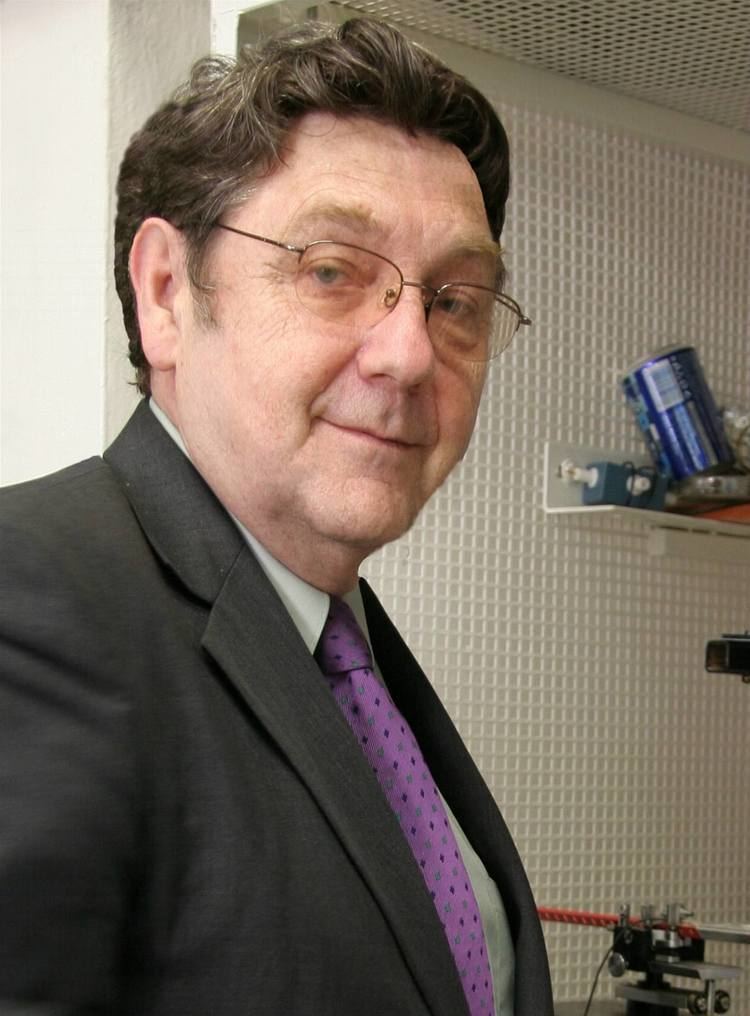
His laboratory studies of nerve systems, the electrophysiology and biochemistry of nerve-muscle contacts and synapses in the brain led to a range of interesting findings and discoveries, among others concerning the effect of adrenalin and noradrenalin on improving the effectiveness of nerve connections and non-quantal discharge of neurotransmitters. He is the author and co-author of 450 publications, 180 of which in international journals including Nature. He wrote the book "Nerve-Muscle connections" in 1990 and, together with MUDr. J. Slavíček, the English monograph "Monophasis Action potential of the Heart, Experimental and Clinical Aspects" in 2005. In 1977, through his groundbreaking discoveries he founded a physiological scientific school for the study of the non-quantal release of neurotransmitters, presented an integrated theory of this second main mechanism for the transfer of information at nerve and muscle synapses (the location of signal transmission). This field was not only developed in his laboratory and among his many co-workers, but also at several other universities. His concept of the mechanism of the origin and activity of diffusive non-quantal release is part of the neurobiology textbook and is taught at many universities.
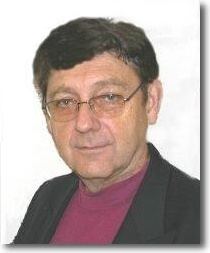
He has organized cycles of presentations for the People's Academy and the Institute for further education of doctors and pharmacologists and for international summer courses (FEBS 2007 and others). As a member of the specialist commission for science and executive committee of the Czech Literary Fund, he takes part in the awarding of annual prizes for specialist literature and contributions to the publication of specialist journals, as well as the provision of creative grants and travel stipendiums for young research workers and students. He is also involved in activities supporting scientifically talented young people.
His work has been cited almost 4000 times [mean per item 15, h index 32], his best known are his publications in the field of ion-selective microelectrodes in the brain and in work on human muscles, work on the quantal and non-quantal release of neurotransmitters (which he discovered in mammals) and on the activity of the gaseous hormone nitric oxide. He is the main author of the Citation Classics work on the movement of potassium in the brain during spreading depression (which clearly plays a role in migraines) and clinical death of the brain, which was distinguished by the American Institute for Scientific Information (ISI) as Citation Classic. (see Current Contents, 15, 1989 and the Web of Science Database)
Research achievements
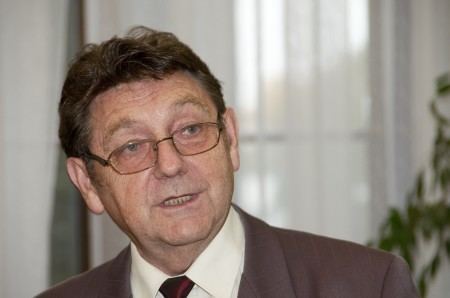
Molecular mechanisms of chemical interaction between excitable cells and factors determining excitability of nerve cells and regeneration including NO pathway. Models: Tissue cultures of dissociated nerve cells. Spinal cord of the rat. Neuromuscular junction of the rat, mouse and frog. Techniques: Glass microelectrodes, ion-sensitive microelectrodes, patch clamp, rapid application of drugs, standard electrophysiological techniques, such as voltage clamp and current clamp.

1. Desensitization of nicotinic ACh receptors. First demonstration of potential and temperature dependence. (J. Physiol.Lond.210:507, 1970; J. Physiol.Lond. 249:285, 1975; J. Physiol.Lond. 412:113, 1989; J. Physiol.Lond. 446:105,1993, J.Physiol.Lond. 502: 305–316, 1997 etc.)
2. Properties of acetylcholine receptors at neuromuscular junction. First demonstration of differences between junctional and extrajunctional (denervation-induced) receptors (PhD Thesis). Trophic nerve-muscle interactions including NO pathway. Functional and hormonal studies. Computer modeling (J. Physiol.Lond. 219:331, 1971; Brain Res. 72:158, 1974; Brain Res. 88:309, 1975; Pflügers Arch. 367:43, 1976; Pflügers Arch. 390:265, 1981, J. Physiol. 381:607, 1986; Pflügers Arch. 416:126, 1990, Eur J.Nerosci.5:1677–83,1993, J.Physiol.Lond. 446:95, Eur.Biophys.J.23:443, 1995,NeuroReport 8: 403–6, 1997, Physiol. Res. 47:291-5, 1998, BBA 2008 etc). 3. Ion-selective microelectrodes for K+ and Na+ in nerve and muscle tissue. He performed first direct measurements of external K+ in c.n.s. and muscle (rabbit, cat and human) at rest and during activity. (Brain Res. 39255, 1972; Brain Res. 40:559, 1972; Pflügers Arch. 338:177, 1973; Pflügers Arch. 394:161, 1982; Pflügers Arch. 399:235, 1983; Physiol. bohemoslov. 34:201, 1985; Physiol. Res. 41:251, 1992, etc.).
4. Functional correlation between Na+,K+-ATPase and electrogenic sodium pump in membrane fractions and intact muscle cells. (Nature 286:516, 1980; Physiol. bohemoslov. 31:288, 1981; BBA 720:405, 1982; Lancet May 8, 1078, 1982; BBRC 116:783, 1983; BBA 775:405, 1984; Biochem. Pharmacol. 33:2485, 1984; BBA 863:18, 1986; Brain Res. 436:85, 1987; J. Neurosci. Res. 19:497, 1988; J. Neurochem. 58:1066, 1992; J.Neurochem. 63:662-70, 1994, Eur. J. Physiol. (Pflügers Arch.) 429:716–721, 1995, Eur. J. Pharmacol.276:101–105, 1995, Gen Physiol Biophys. 17(3):271-83, 1998. Phys. Res 2001, 2007 etc.).
5. Non-quantal and quantal release of acetylcholine at the neuromuscular junction. First demonstration of non-quantal transmitter release on mouse diaphragm and analysis of the release and action mechanism. Synchronization of evoked quantal release and trophic role of NO.(Pflügers Arch. 370:295, 1977; J. Physiol. 286:1, 1979; Pflügers Arch. 379:319, 1983; Neuroscience 9:429, 1983; Pflügers Arch. 409:540, 1987; J. Physiol. 423:631, 1990; Pflügers Arch. 418:74, 1991; Brain Res. 560:354, 1991; Brit. J. Pharmacol. 104:1024, 1991; Physiol. Res. 41:333, 1992; J. Physiol.446:105–114, 1993; J.Physiol. 446:95–103,1993; J.Physiol. 477: 497–502,1994, Eur.J.Pharmacol. 263: 107–114,1994; Eur. Biophys.J.23: 443–446,1995, J.Physiol. (Paris) 89:155–160, 1995, NeuroReport 8:403–406,1997, Physiol. Res. 48:315, 1999; J Physiol. (Lond) 517:879-88,1999, 2004, Phys.Res. 2009, etc.).
6. Patch-clamp studies on nerve and muscle cells. First demonstration of K+ channel subtypes during myotube formation. (Neurosci. Lett. 77:298, 1987; J. Physiol. 386:425, 1987; BBA 986:146, 1989, Physiol. Res. 44: 151,1995, Biochim Biophys Acta. 2008, 1778:864–71 etc).
Academic and Professional positions: Chairman of the Scientific Board, Institute of Physiology, Prague, 1990–1995, The Member of the Medical Society J. E. Purkyně, Prague 1990, Member of the American Biophysical Society, 1990, Collegium of Cellular and Molecular biology, Czechoslovak Academy of Sciences, Prague, 1990 Physiological Research, Editorial board, Prague, 1990, Purkyně Award of Czechoslovak Physiological Society, 1982, 1992, Common Award of Czechoslovak and Soviet Academies of Sciences, 1975, Citation Classic, Current Contents (ISI) 15, 1989, Award of Czechoslovak Academy of Sciences for Scientific Achievement, 1991, Laufberger Medal of Purkyně Medical Society, 1993, Award of Czechoslovak Academy of Sciences for Science popularization, 1991,Fogarty Research Fellowship Award, Central and Eastern Europe Senior Fellowship, Neurosciences 1992-4,Purkyně Medal of the Czechoslovak Medical Society 1992,Award of Czechoslovak Academy of Sciences for Scientific Achievement, 1991,Honorary Professor of the Kazan Medical Institute, University of Kazan, Russia 1993, Golden Record of Achievement IBC 1996, Man of the Year IBC 2006. Purkynje medal of the Czech Academy of Sciences 2011, Hlávka Medal for Scientisic and Education achievements 2011.
